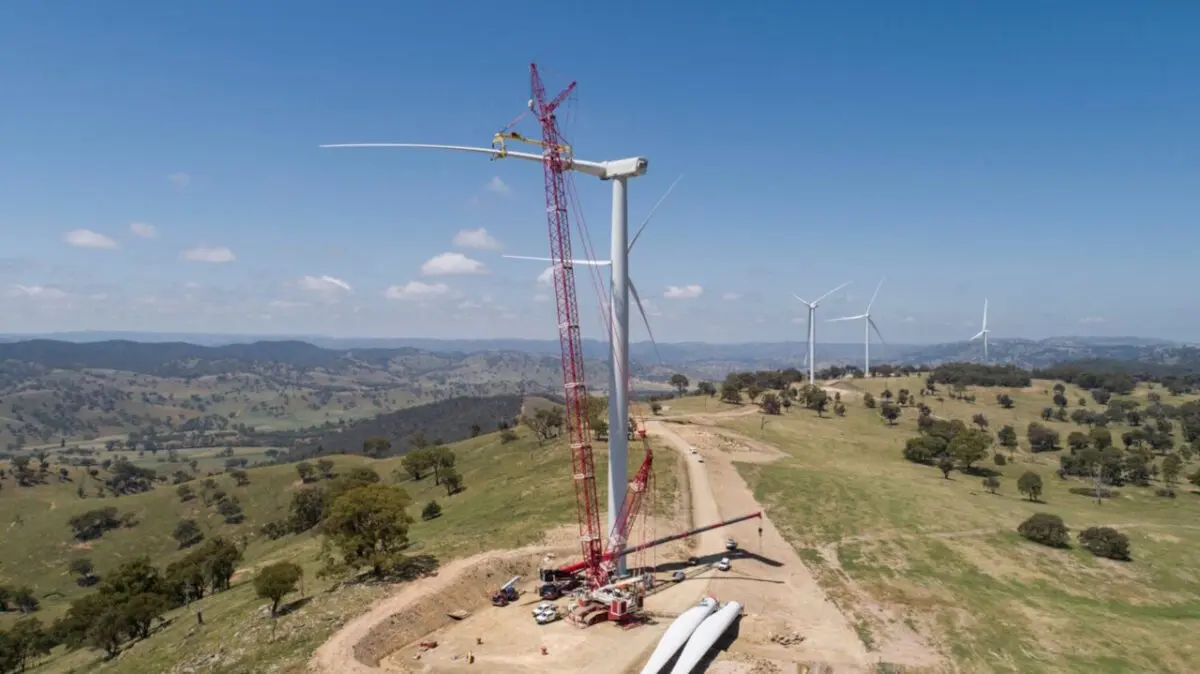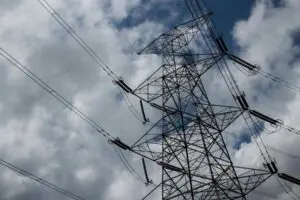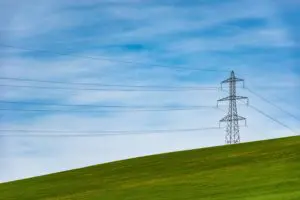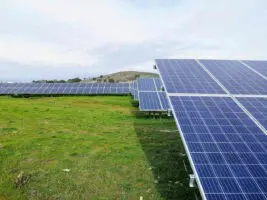Wind farms being proposed for development in Queensland will have to meet a number of new environmental, logistical and acoustic criteria, as part of a broad-ranging review and tightening of the state’s renewable energy planning rules.
The Queensland government’s update to State code 23: Wind farm development and its associated Planning Guidance, was announced on Tuesday alongside a draft Renewables Regulatory Framework that has been opened for consultation.
The changes to the wind farm development guidelines include enhanced protection for areas of high ecological and biodiversity value, “best practice” acoustic criteria and the identification of viable haulage routes from the outset of the planning process.
The update also builds in to the code safeguards against wind farm construction impacts for the Great Barrier Reef, clear rehabilitation requirements and expectations, and investigation into the impact of construction on local work forces and accommodation.
“The Miles government is taking decisive action to enhance protections for Queensland communities by updating the Wind Farm Code (State Code 23) and its accompanying guidelines,” said state planning minister Meaghan Scanlon on Tuesday.
“Queensland has some of the world’s best wind resources that can be harnessed to power hundreds of thousands of homes with cleaner and cheaper energy.
“The opportunities presented by the clean energy transformation are huge, and the Miles government is ensuring we have the right frameworks in place to make the most of them,” the minister said.
The updated guidelines come as wind energy development in Queensland ramps up dramatically, to meet the state’s renewable energy targets of 50 per cent by 2030, 70 per cent by 2032 and 80 per cent by 2035.
As RenewEconomy has reported, the Sunshine State has been playing catch-up on wind energy generation, with the 180MW Mt Emerald wind farm the first truly large-scale project to join the state’s grid in 2018.
Since then activity has ramped up, with the additions of the 453MW Cooper’s Gap wind farm, the Kennedy renewable energy park, and more recently the 157MW Kaban and the 173MW Dulacca wind farms.
Under construction is the massive 923MW MacIntyre wind farm in the state’s Southern Downs region the 450MW first stage of Andrew Forrest’s Clarke Creek wind project. And in the planning pipeline is the huge 5GW Bogunda wind farm, proposed in August by Renewable Energy Partners (REP) for a region south-east of Hughenden.
But there has been controversy, too, with Ark Energy withdrawing its proposed but heavily contested 294MW Wooroora Station wind farm after repeated delays in the federal government planning process – and indications that it was unlikely to get environmental approval for development west of Cairns.
“Right now our planning frameworks are failing us and some renewable energy projects are being built in the wrong locations and communities aren’t always seeing the benefit of local development,” said Queensland Conservation Council director, Dave Copeman, on Tuesday.
“The transformation of our energy system is an exciting opportunity to deliver benefits for nature and bring economic and employment opportunities to regional Queensland. To achieve this we need robust planning regulations and policy certainty from the Queensland government, so we call on all parties to support stronger regulations.”
Queensland Farmers’ Federation chief, Jo Sheppard, says the updates to the wind code – and the launch of consultation on a draft Renewable Regulatory Framework – is particularly good news for the state’s regional communities.
“It is expected that landholders and regional communities take responsibility for hosting renewable energy and transmission infrastructure, therefore it is critical that the most meaningful shared community benefits for the regions are realised, leveraging opportunities and recognising and mitigating unintended negative consequences,” Sheppard said.
“QFF welcomes updates to the Code and the development of a draft Renewables Regulatory Framework to strengthen protections for communities and landholders particularly in relation to standards for infrastructure life cycle planning and financial assurance for decommissioning, along with workforce and accommodation pressures and demand on freight routes during construction.”
The Draft Renewables Regulatory Framework, opened for consultation on Tuesday, will seek to further boost the responsible development of solar and wind, including through the potential expansion of the role of the state environment agency, new standards on lifecycle planning, the expansion of Ombudsman roles to handle landholder and community complaints, and better access to information about projects.
The draft framework also builds on existing initiatives including expanding the remit of the Gasfields Commission Queensland to establish Coexistence Queensland which was informed by advocacy from the Local Government Association of Queensland.
The Miles government says Coexistence Queensland would provide enhanced information, engagement and education services to the community on land access and coexistence issues across the resources and renewable energy sectors.
The government has also been working with regional communities to co-design a mandatory Code of Conduct, that would hold renewable energy developers to the highest standards of community engagement.
“The draft framework released today is about giving communities the leading voice in their own future,” state energy minister Mick De Brenni said on Tuesday.
“Our commitment to regional communities is delivering local benefits like the $25.8 million community benefits fund for Central Queensland’s Callide REZ, and $35 million for the communities around the Borumba Pumped Hydro,” de Brenni said.











Leave a Reply